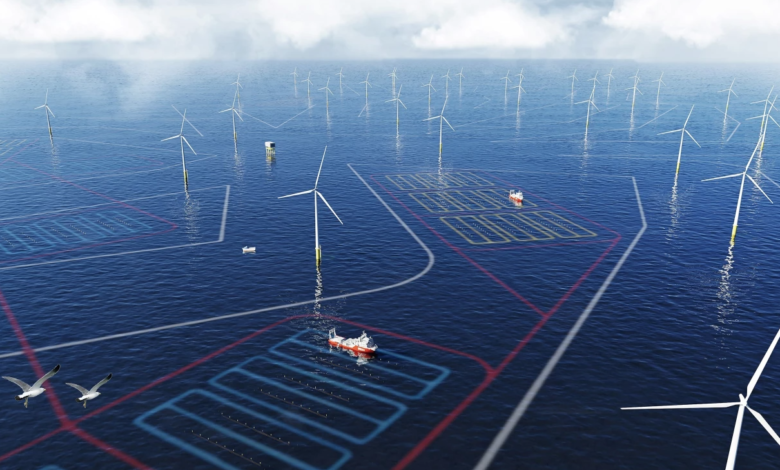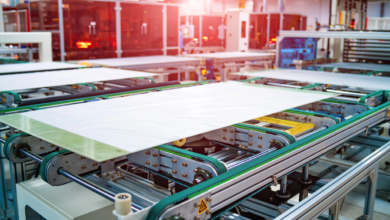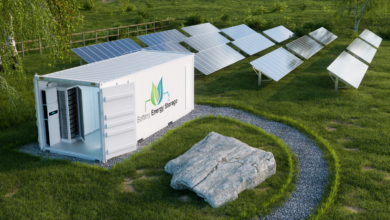Growing algae at sea among wind turbines

Algae and whirlwind, a green wedding
The first commercial operation to growing algae at sea an integrated (at spatial level) with offshore wind will be born off the coast of the Netherlands. This is announced this morning by Amazon that the project is investing 1.5 million euros through the Right Now Climate Fund. The initiative, led by the non-profit organization North Sea Farmers, has a double objective: to test and improve algocoltura techniques and to investigate the algal potential in carbon sequestration.
North Sea Farm n.1, this is the name of the floating farm, will rise in a way scattered among some wind turbines with the aim of being fully operational by the end of the year. We are talking about an area of 10 hectares that should produce at least 6,000 kilos of algal biomass in the first year. The consortium of scientific researchers working on the project hopes in this way to provide a reference model for offshore growing algae at sea in the world.
Growing European hunger for algae
“Algae can become a crucial tool for removing carbon dioxide from the atmosphere, but they are still cultivated on a relatively small scale in Europe today,” said Zak Watts, Director of Sustainability for Amazon in Europe. “We are excited to support a project like this that can contribute to a better understanding of the potential of algae in combating climate change”.
The initiative is part of the new trend of the European blue economy that wants these resources at the heart of the future Community industry. Indeed, the EU is currently one of the largest importers of seaweed products worldwide and demand is expected to reach EUR 9 billion in 2030, in particular for food, cosmetics, pharmaceutical and energy production. For the Union, bringing production within its borders is a fundamental step and not just for economic competitiveness.
Read also Energy from algae, comes to the aid of artificial intelligence and is record
The European Commission explained this well a few months ago in a dedicated communication. “It is now time to fully exploit the potential of algae as a renewable resource in Europe”, reads the opening of the text that reports 23 actions to unlock the economic and environmental value. Macroalgae farming can help regenerate the ocean and seas by removing nutrients that cause eutrophication. It has a low carbon and environmental footprint and promising potential for carbon sequestration. The production of microalgae is, instead, a valuable source of carbon compounds, that can find applications in wastewater treatment and atmospheric CO2 mitigation.





